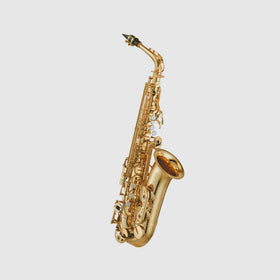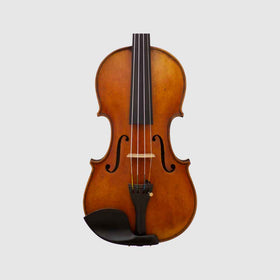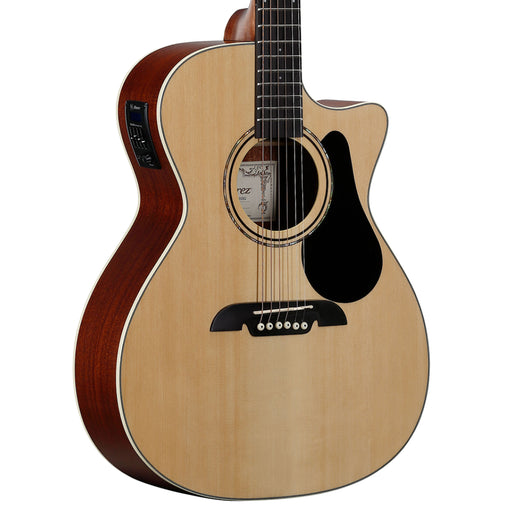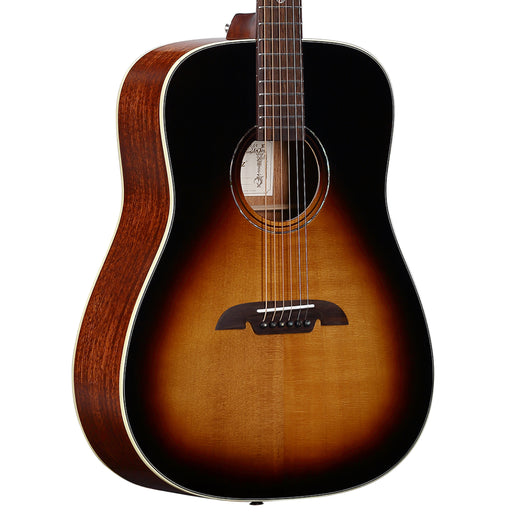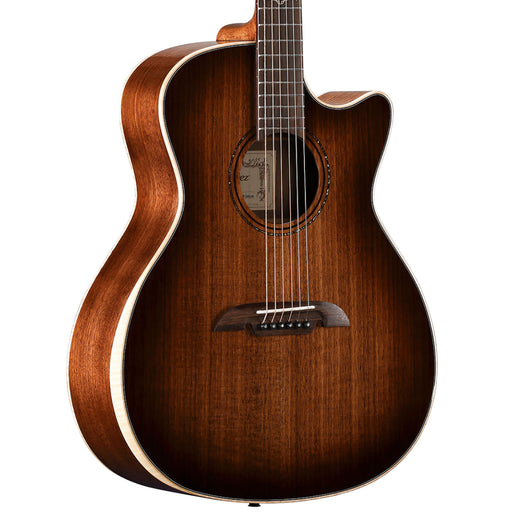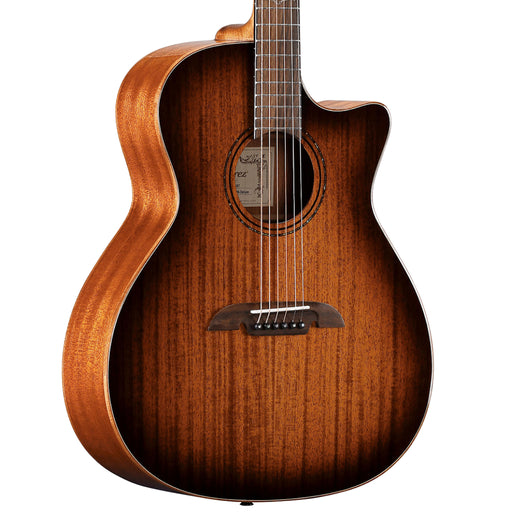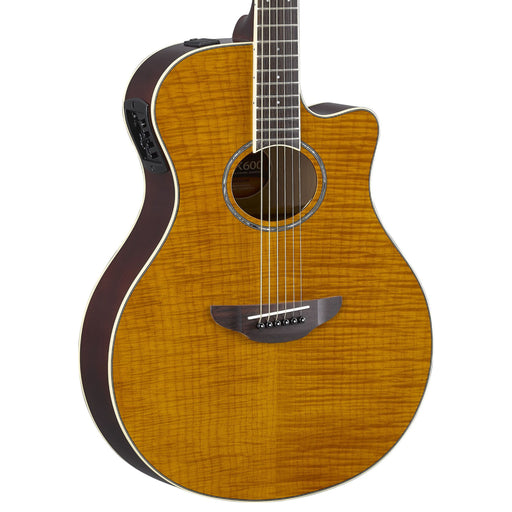Common Issues and Repairs Needed for Acoustic Guitars
Acoustic guitars, with their rich tones and natural resonance, are beloved by musicians worldwide. However, like all musical instruments, they are subject to wear and tear and may require maintenance and repairs. Understanding these common issues is crucial for any guitar owner, whether you're a beginner or a seasoned player. Let's explore the most frequent problems encountered with acoustic guitars and how they can be addressed.
String Replacement
One of the most basic and frequent maintenance tasks is replacing old or broken strings. Strings can lose their tone quality over time or break due to wear and tear. Changing strings regularly not only ensures a better sound but also prevents damage to the guitar's neck and body due to uneven tension.
Fret Wear
Frets are the metal strips on the guitar's neck that divide it into semitone divisions. Constant playing can lead to fret wear, which manifests as grooves or flat spots. This wear can affect the intonation and playability of the guitar. Professional refretting is often required to restore the guitar’s optimal performance.
Neck Adjustment
The neck of an acoustic guitar can bend or warp over time due to string tension, humidity, or temperature changes. This warping can lead to action issues (the distance between the strings and the fretboard), making the guitar harder to play. A truss rod adjustment, done by a professional, can fix this issue and ensure the neck is properly aligned.
Bridge and Saddle Issues
The bridge and saddle of a guitar can become unglued or wear down over time. This can affect the action and intonation of the guitar. In some cases, the bridge or saddle may need to be replaced or re-glued to maintain the structural integrity and sound quality of the instrument.
Cracks and Structural Damage
Acoustic guitars, particularly those made of wood, are susceptible to cracks and other structural damage due to changes in humidity and temperature. Small cracks can often be repaired, but larger ones might compromise the sound and structural integrity of the guitar, requiring more extensive repairs.
Tuning Machine Problems
Tuning machines, or tuners, can become loose or faulty, leading to difficulty in tuning or maintaining the tuning of the guitar. In most cases, this requires either tightening the existing hardware or replacing the tuning machines.
Finish and Cosmetic Damage
While not affecting the sound directly, scratches, dents, and finish issues can affect the guitar's appearance and resale value. Depending on the extent of the damage, repairs can range from simple touch-ups to complete refinishing.
Keep it Playing for Decades!
Regular maintenance and timely repairs are essential for preserving the sound quality and longevity of an acoustic guitar. While some issues like string replacement and minor adjustments can be handled by the players themselves, more complex problems like fret wear, neck adjustment, and structural repairs should be entrusted to a professional luthier. By understanding and addressing these common issues, you can ensure that your acoustic guitar remains a cherished instrument for years to come.
Tarpley Exclusives
Alvarez Regent RG26CE-DELUXE Acoustic-Electric Guitar
AlvarezDesigned by the top AIMM Dealers in the US The Alvarez Guitars Regent Series RG26CE-Deluxe has a Sitka Spruce top with a natural, gloss finish. The...
View full detailsAlvarez Masterworks MD60EVB Acoustic-Electric Guitar
AlvarezThe MD60EVB Deluxe features carefully seasoned tonewoods that include a AAA solid Sitka cured top, solid African Mahogany back and sides, and one p...
View full detailsAlvarez Artist Elite AGW77CESHB-DELUXE Acoustic-Electric Guitar
AlvarezDesigned by the top AIMM Dealers in the US Alvarez Grand Auditorium acoustic electric guitar with cutaway and bevelled armrest. Comes with the LR B...
View full detailsAlvarez Artist AG66CESHB-DELUXE Acoustic-Electric Guitar
AlvarezDesigned by the top AIMM Dealers in the US The Artist AG66CESHB-DELUXE is a beautifully developed Grand Auditorium acoustic electric guitar with a ...
View full detailsYamaha APX600FM Acoustic-Electric Guitar
YamahaOne of the world's best-selling, acoustic-electric guitars, the APX Series thinline body combines incredible comfort, easy top-fret access and natu...
View full details
